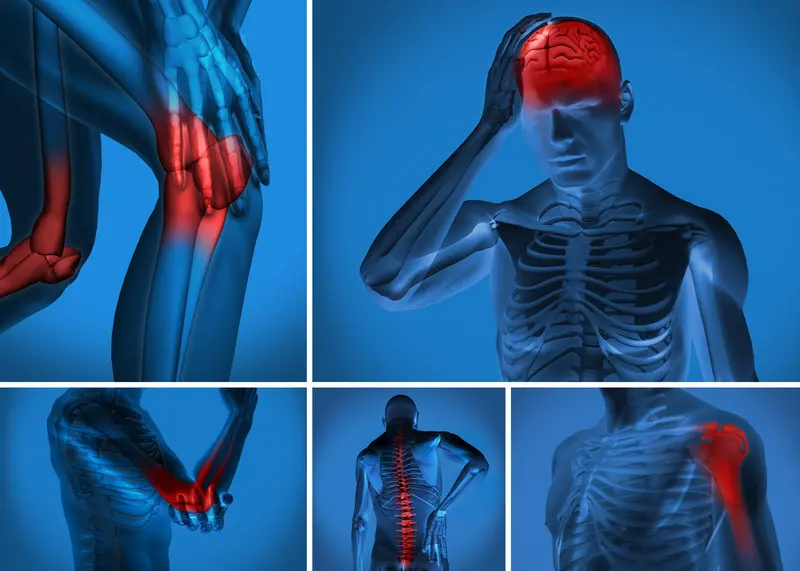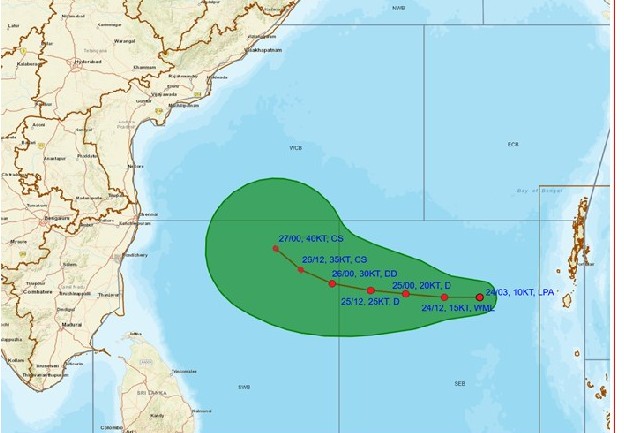New Delhi; Indian Railways has reinforced its inspection and maintenance protocols to ensure the safety and reliability of railway bridges and tracks, particularly during the monsoon season. The Minister of Railways, Information & Broadcasting and Electronic & Information Technology, Shri Ashwini Vaishnaw, provided detailed insights into these measures in a written reply to a question in Lok Sabha.
Regular Inspections and Maintenance
Indian Railways maintains an established system for inspecting railway bridges and tracks. Designated officials conduct these inspections at specified intervals to ensure all infrastructure remains in optimal condition. In addition to regular maintenance schedules, several specific measures are implemented during the monsoon season to ensure the proper functioning of the signaling system.
Monsoon-Specific Measures
- Improved Drainage Systems: To prevent waterlogging, the drainage systems in railway yards are enhanced through rigorous cleaning of yard drains.
- Pre-Emptive Repairs: Vulnerable locations prone to track circuit failures are identified and attended to in advance.
- Joint Inspections: Track and signaling officials conduct joint inspections of points and track circuits, implementing necessary remedial actions.
- Axle Counters: In areas susceptible to waterlogging, axle counters are installed to enhance safety and reliability.
Special Precautions During Monsoon
- Monsoon Patrolling: Special patrolling is introduced in identified sections, and watchmen are deployed at vulnerable locations to monitor track conditions.
- Heavy Rain Protocols: In case of heavy rainfall, additional patrolling of tracks is conducted to ensure safety.
- Weather Coordination: Continuous coordination with Regional Meteorological Centres ensures timely updates on weather conditions.
- Water Release Information: Coordination with District authorities helps in receiving timely information regarding the release of excess water from reservoirs and dams.





